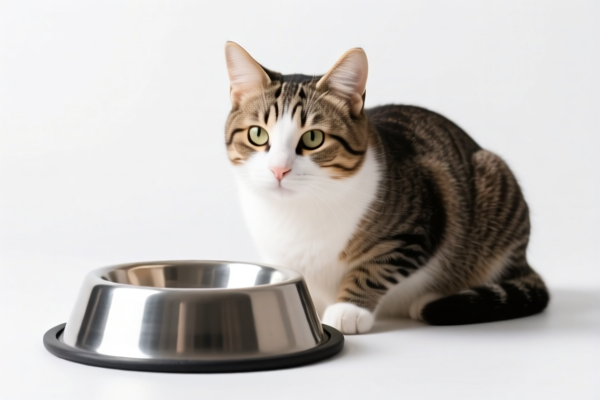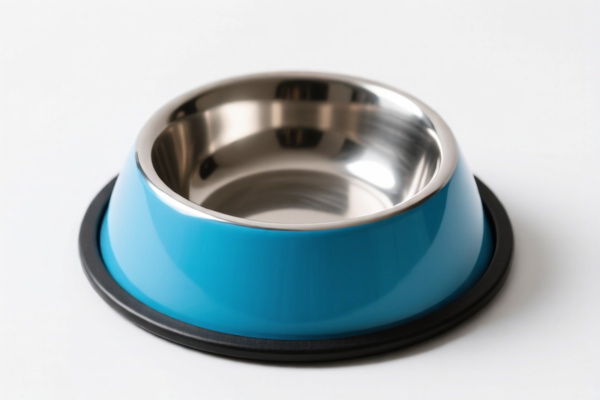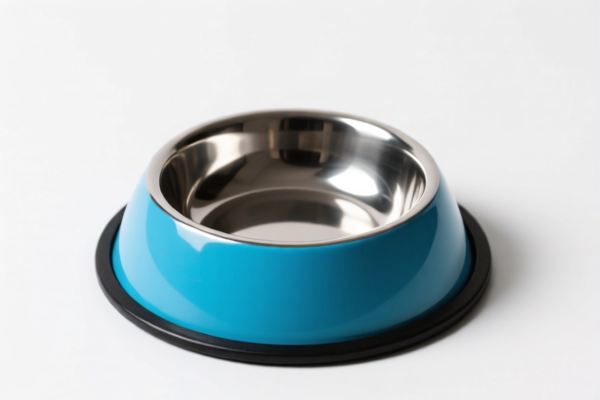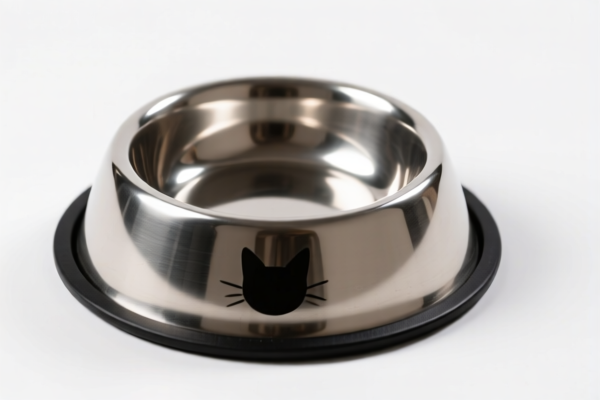| HS Code | Official Doc | Tariff Rate | Origin | Destination | Effective Date |
|---|---|---|---|---|---|
| 3924104000 | Doc | 33.4% | CN | US | 2025-05-12 |
| 3924905650 | Doc | 40.9% | CN | US | 2025-05-12 |
| 3926901600 | Doc | 40.6% | CN | US | 2025-05-12 |
| 3926909905 | Doc | 42.8% | CN | US | 2025-05-12 |
| 9602005080 | Doc | 40.2% | CN | US | 2025-05-12 |
| 3503005550 | Doc | 2.8¢/kg + 3.8%+37.5% | CN | US | 2025-05-12 |




Plastic Raised Cat Bowl
A plastic raised cat bowl is a feeding dish for cats elevated off the floor, constructed from plastic materials. These bowls address feline physiology and eating habits, offering several benefits over traditional floor-level bowls.
Material
Typically manufactured from polypropylene (PP) or high-density polyethylene (HDPE), both considered food-safe plastics. Some models incorporate BPA-free plastic. The plastic construction makes them lightweight, durable, and easy to clean. While cost-effective, plastic bowls can be more prone to scratches than ceramic or stainless steel alternatives, potentially harboring bacteria.
Purpose
The primary purpose is to improve a cat’s comfort and digestion during feeding. Elevated feeding positions can:
- Reduce Whisker Fatigue: Cats have sensitive whiskers. When whiskers repeatedly brush against the sides of a bowl, it can cause irritation and discomfort, leading to decreased appetite. Raised bowls allow for more comfortable access without whisker stress.
- Aid Digestion: Raising the bowl encourages a more natural head and neck position during eating, using gravity to assist food passage down the esophagus. This is particularly beneficial for cats with digestive issues, regurgitation problems, or those prone to vomiting.
- Improve Posture: Elevated bowls can reduce strain on the neck and joints, especially for older cats or those with arthritis.
Function
The function is straightforward: to hold and present food and/or water to a cat in a more ergonomically beneficial position. They function as a replacement for standard floor-level bowls, offering improved accessibility and comfort. Some models feature wider, shallower designs to further minimize whisker fatigue.
Usage Scenarios
- Cats with Digestive Issues: Commonly recommended by veterinarians for cats experiencing frequent vomiting, regurgitation, or acid reflux.
- Senior Cats: Beneficial for cats with arthritis or mobility issues, reducing the need to bend down to eat.
- Cats with Whisker Fatigue: Ideal for cats who show reluctance to eat, paw at their bowls, or eat and then vomit.
- Multi-Cat Households: Can help prevent resource guarding by providing individual, elevated feeding stations.
- General Health & Comfort: Suitable for all cats to promote better eating posture and potentially improve digestion.
Common Types
- Single Bowl: Holds either food or water.
- Double Bowl: Features separate compartments for both food and water.
- Adjustable Height Bowls: Allow customization of the bowl height to suit individual cat needs.
- Tilt Bowls: Angled design to further assist with food passage and reduce strain.
- Shallow Bowls: Wide and shallow to minimize whisker fatigue.
- Slow Feeder Bowls (Plastic): Incorporate obstacles to slow down eating speed, aiding digestion and preventing bloating. Often feature raised patterns or dividers.
- Orthopedic Bowls: Designed with a wider base and stable construction for added stability, particularly for older or less stable cats.
Plastic raised cat bowls fall under articles of plastics, typically used for tableware or household purposes. Here are the relevant HS codes based on the provided information:
- 3924104000: This HS code covers Tableware, kitchenware, other household articles and hygienic or toilet articles, of plastics: Tableware and kitchenware: Other. This is a broad category encompassing many plastic items used for serving or containing food, which would include a plastic cat bowl. The tax rate is currently 3.4% base tariff, with a 30.0% additional tariff applied after April 2, 2025, resulting in a total of 33.4%.
- 3924905650: This HS code covers Tableware, kitchenware, other household articles and hygienic or toilet articles, of plastics: Other: Other. This is a more general category for plastic household items not specifically classified elsewhere. The tax rate is 3.4% base tariff, 7.5% additional tariff, and 30.0% additional tariff after April 2, 2025, totaling 40.9%.
- 3926909905: This HS code covers Other articles of plastics and articles of other materials of headings 3901 to 3914: Other: Other Elastic bands made wholly of plastics. While this code specifically mentions elastic bands, it falls under the broader category of "other articles of plastics," and a raised bowl could potentially be included if it has plastic components beyond the basic bowl structure. The tax rate is 5.3% base tariff, 7.5% additional tariff, and 30.0% additional tariff after April 2, 2025, totaling 42.8%.
It is important to note that the final classification will depend on the specific construction and materials of the raised cat bowl. If the bowl incorporates materials other than plastics, a different HS code may be more appropriate.
Customer Reviews
No reviews yet.